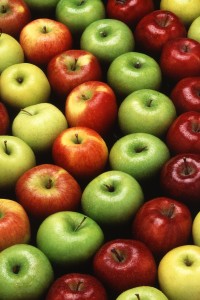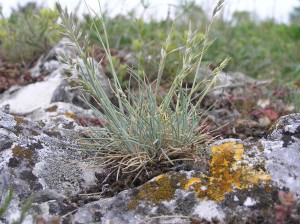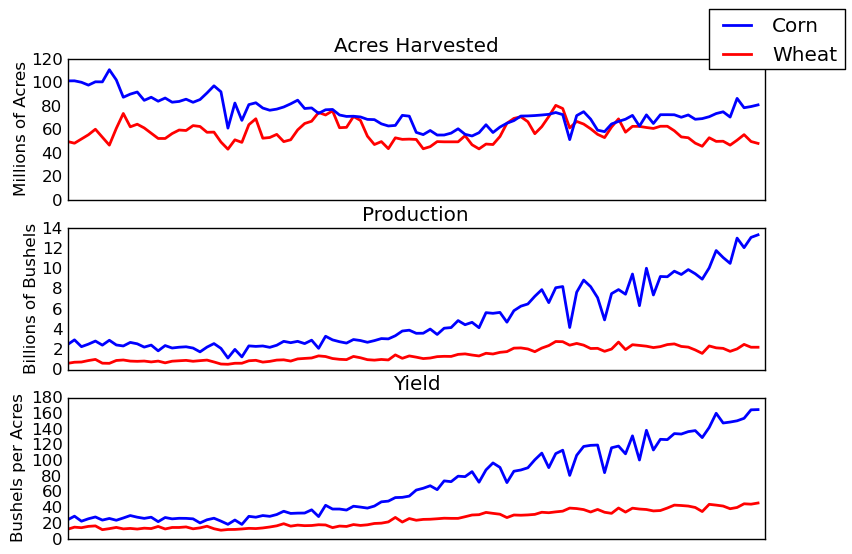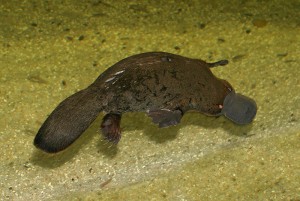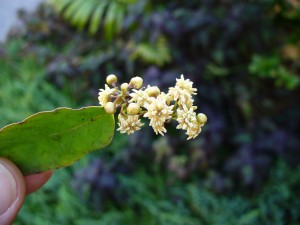Edit: If you found this post searching for a link to download the apple genome, check out the more recent entry:
So you want to download the apple genome.
I’ve had a chance to read over the apple genome paper. The genome was sequenced to 16.9 fold coverage* using a mix of Sanger (old school sequencing, if assembling a genome is like putting together a puzzle, Sanger uses the biggest puzzle pieces) and 454 (one of the oldest “2nd generation” technologies, it’s the most expensive per million base pairs sequenced, but gives the longest reads (largest puzzle pieces) of any technology other than Sanger).
The group sequencing the apple genome was able to put together ~600 megabases of sequence spread over the 17 chromosomes of apple The remaining 20% of the genome (the total genome size is estimated at to be 742.3 megabases) is a mixture of smaller assembled pieces that couldn’t be assigned to specific chromosomes, and repetitive sequences (either simple sequences or transposons where there are so many duplicate copies it’s impossible to say which sequence data belongs with which transposon copy).
They were able to identify a whole genome duplication (which they call a genome wide duplication) that occurred in the ancestor of apples 30-65 million years ago. What’s weird is that apple has experienced only one chromosome fusion (starting with an ancestral chromosome set of 9 chromosomes, doubling to 18, and then fusing two chromosomes into one, resulting in the 17 chromosomes seen in apple today) and 3 major rearrangements in all those millions of years. By comparison, my favorite species maize (corn) has reduced it’s chromosome number from 20 to 10 in only 5-12 million years since its most recent whole genome duplication.
I still can’t figure out where to download the genomic sequence data for apple (although I was able to dig up a genome browser here), but now that I’ve had a chance to look over the paper describing the genome, I’m officially adding Apple to our list of sequenced plant genomes.
As always, my thanks and appreciate go out to all the people involved in the sequencing, assembly, annotation, and analysis of this new genome.
If you’re interested, the paper itself can be found at Nature Genetics:
- Riccardo Velasco et al., “The genome of the domesticated apple (Malus [times] domestica Borkh.),” Nat Genet advance online publication (online 2010), http://dx.doi.org/10.1038/ng.654.
Random Apple Triva: (more…)
